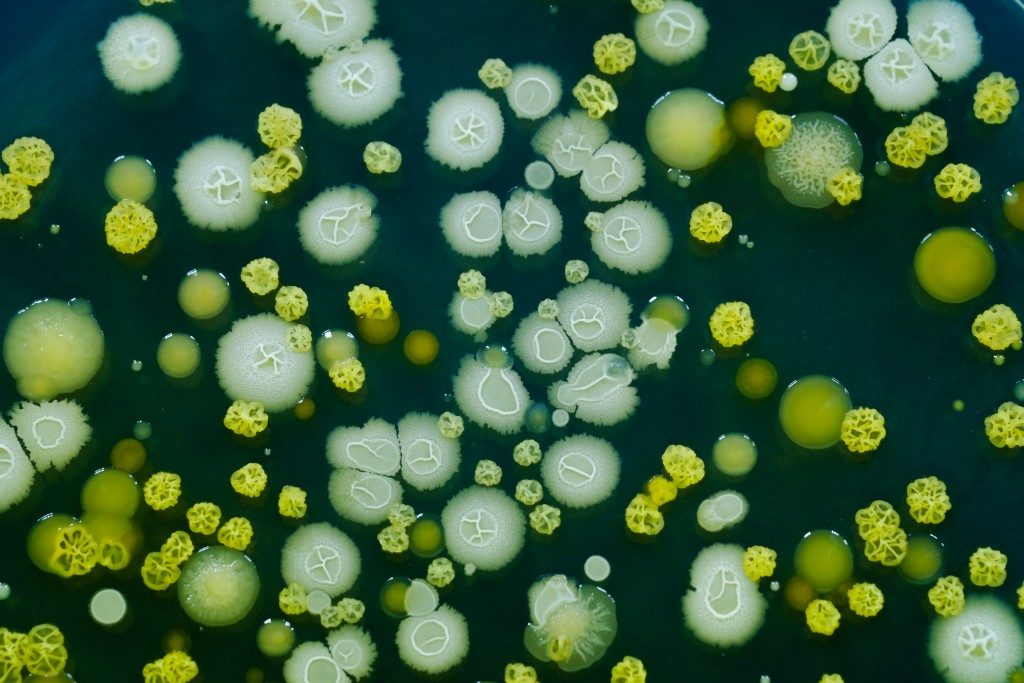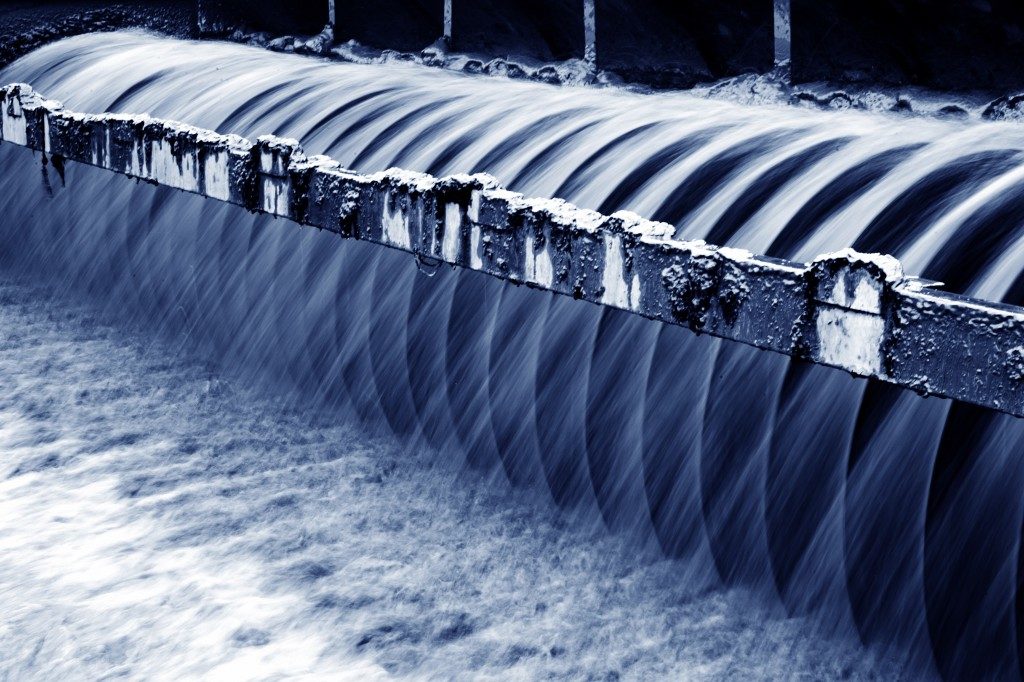It doesn’t matter what industry you are. As long as you’re using water, you need to have reliable water purification systems.
The best options depend on your business, the products you have, the rules and regulations your territory or council has, and even your budget. In some cases, however, you might come across those that involve bacteria. The question is why. What do bacteria play in purifying water and cleaning waste?
How Bacteria Clean Water
In a typical wastewater treatment setup, dirty water passes through different stages of filtration and purification before they end up back into open bodies such as the oceans or rivers. One of these phases might then involve some bacteria.
The world has millions of bacteria. It’s possible that science doesn’t know all of them. Regardless, one thing ties all of them together: they are still living creatures. Like humans, they also need to eat. What they consume is what makes them an effective water cleaner.
Bacteria can consume some of the components of dirty water, which can be harmful to the environment later on. These can include organic matter such as urine and poop, as well as by-products such as sugar.
When fed right, bacteria can multiply fast. This then allows them to clean water efficiently and quickly.
The bacteria used in wastewater treatment can fall into two categories: aerobic and anaerobic. The most significant difference between the two is the presence of oxygen.
Aerobic microorganisms would require oxygen to do their work. For this reason, the system might force or pump oxygen inside or let the element pass through the bacteria.
Anaerobic bacteria, meanwhile, thrive in a different environment. They, though, can produce methane gas. Methane is a type of gas that contributes significantly to the total carbon emissions. When harnessed, however, it can also be a source of power.
Other countries are even exploring the possibility of having microbial fuel cell. This is a battery that uses the by-products of bacteria in wastewater treatment.
For one, the scientists discovered that the bacteria could free electrons during a process called respiration. It refers to the process of generating energy among the bacteria after they feed. As long as they are alive, they will continue to respire.
Are These Bacteria Harmful?

Microorganisms might find their way into any part of the purification system, and depending on the actual bacteria and how they interact with their environment, they can be harmful.
This happens, however, only when you have the wrong setup, or you opt for shoddy work. All types of wastewater treatment options demand constant monitoring and upgrade to ensure they remain reliable and, most of all, safe.
Overall, though, using bacteria in wastewater treatment has more benefits than risks. They help waste become more manageable. They remove impurities that the other stages cannot handle. They also help preserve the environment, and they protect the community’s health.
Your water purification management team can walk you through the stages and discuss the kinds of bacteria that your setup might need. Either way, you can be grateful to them.

